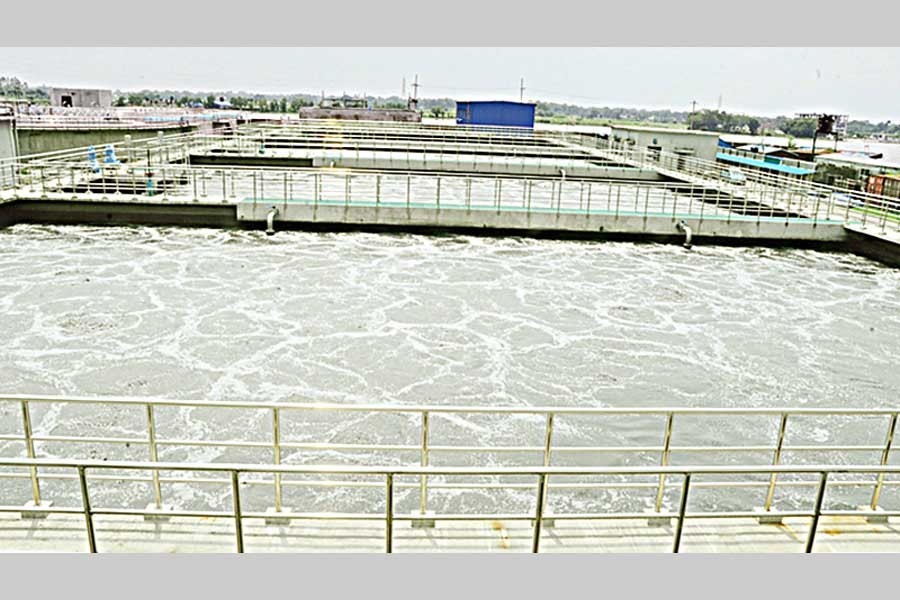
Published :
Updated :

So, at long last the problem with the central effluent treatment plant (CETP) at Savar tannery estate is going to be over! Reports say that tannery owners at the estate have decided to form a company to operate the CETP. The decision came at a meeting of the tanners with the Prime Minister's private industry and investment adviser at the industries ministry the other day. It may be noted that following the relocation of tanneries from the capital's Hazaribagh to Savar more than two years ago, things are still far from satisfactory due mainly to faulty CETP.
The CETP at the tannery estate hit snags. It is not a mechanical glitch -- not uncommon to the installation of a big waste treatment plant, but something that has to do with the authority's flawed planning. It was well known that once the tanneries started operating in the relocated site, waste disposal would demand a priority; but delay in setting up a power plant to burn the solid waste as well as produce 5mw of power has caused the most unlikely consequence. In fact, the power plant was of immediate necessity, not only to burn the solid waste but also to facilitate treatment of liquid waste by the CETP before being flashed into the river system. In the absence of a functioning power plant, solid waste of the tanneries is generating severe air pollution in areas surrounding the leather estate, besides affecting the river Dhaleshwari. So, although the move to build the leather estate away from the capital was largely prompted by the hope of saving the Buriganga river, it has now become a threat to the Dhaleshwari.
Tannery is known to contain the highest level of waste, particularly toxic waste, among all industries. About 20 per cent of the large number of chemicals used in the tanning process is absorbed by leather, while the rest is released as waste. So, a nonfunctional CETP can cause havoc, as is now the case with the Savar leather estate. It is clear that this is not just a case of delayed project implementation but also of one that questions the authority's grasp of the issue in its entirety and gravity. It is not at all conceivable how the authorities gave the green light to the relocation while there were critical things yet to be done to make the CETP fully functional.
Now the recent decision on taking over the CETP by the tannery owners as a company and run it makes sense. This, obviously, will involve correcting some major flaws in the construction of the CETP and bringing changes in the management of solid and liquid waste. Concerned quarters, including environmentalists, have expressed the hope that if these are properly addressed under the new set-up, full benefits of the CETP could be achieved and in the process the relocation of the tanneries could finally yield the desired results.


 For all latest news, follow The Financial Express Google News channel.
For all latest news, follow The Financial Express Google News channel.